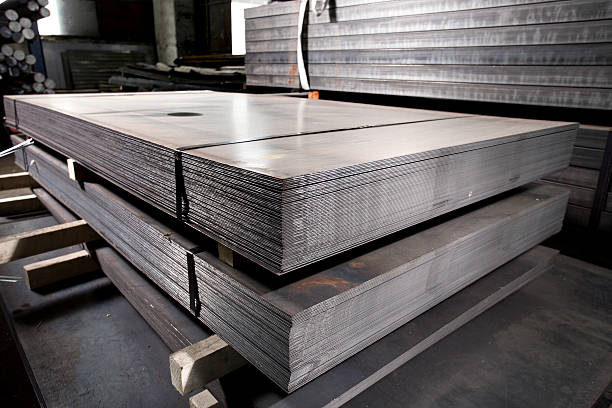Stainless steel is the most known type of steel and people generally make comparisons with regular type and stainless type of steel. At first sight, it may seem that stainless steel is superior in every aspect of steel. However, it is not completely true. Stainless steels may possess some major advantages, yet other types of steels are simply a better choice. It solely depends on your perspective and priorities. In this post, let us investigate some of the properties and decide which one is a better selection regarding these aspects.
Stainless Steel Has Higher Resistance Against Corrosion
When compared, the stainless type of steel has superior resistance to corrosion than regular steel. Due to its chromium content (12-20% in weight), the stainless type is protected by a naturally occurring chromium oxide layer against oxidation. Even if it is scratched, stainless steels resist to corrosion thanks to the occurrence of chromium oxide film wherever damaged. There is no such mechanism in regular steels without high amount of chromium element, so it will corrode if not properly protected.
In the case of regular steels, corrosion problems can be overcome by different types of coating methods. For instance, galvanization (zinc coating), painting or coating with metal oxide powder can be applied to protect the steel from corrosive environment.
The name “stainless” is a powerful word, but even these kind of steels does not last forever. The lifespan of a stainless steel depends on its nickel and chromium content. PRE value shows the resistance to corrosion for every stainless steel. For example, RVS304 type is produced for indoor usage whereas RVS316 is a good choice for outdoor.
Steel Costs Less
As it can be predicted, stainless steels cost way more than steels due to nickel and chromium content, but especially nickel. Nickel is an expensive metal to obtain, therefore, nickel usage up to 18% in stainless steels causes the price to drastically increase. This alloying element is not added to steel. This is why usually stainless steels cost 4-5 times higher than steel.
Steel Weighs Less
Comparison of densities of these two materials shows that steel is less dense that stainless steel, which is an important reality for applications where even minor differences of weight and/or density is important. To be exact, density of stainless steel and steel is 7930 kg/m3 and 7850 kg/m3, in order. It can be seen that steel weighs less than its stainless version.
Stainless Steel Has Higher Tensile Strength
Another crucial property to consider is the ultimate tensile strength. UTS is the maximum strength material can withstand before necking occurs. It is a variant property among different steels. In order to compare accurately, a thorough study must be done before selecting the right material.
Generally speaking, steels having a range of 360-510 MPa ultimate tensile strength are less strong than stainless ones that are yielded tensile strength numbers around 540 to 750 MPa.
Alloying elements present in regular and stainless type of steel
Every element has a different influence on the mechanical, physical, and chemical properties of steel. This is the main reason for the variant nature of steel. Stainless steels mainly contain chromium and nickel as alloying elements.
By adding nickel minimum of 7% into steel, austenite structure is obtained which provides a higher resistance against corrosion and gives a shinier look to steel. Corrosion resistance increases as the chromium content of steel increases.


